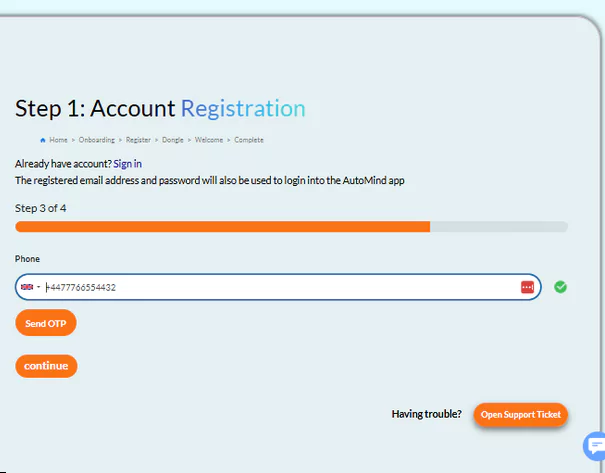Is your car throwing up a fault code, AutoMinders? Don’t panic — today I’m going to cover the top 5 most common fault codes drivers see, and explain in plain English what they actually mean.
First up, P0101 — the Mass Air Flow Sensor code.
This one’s super common and relates to the air your engine breathes in. It could be a faulty MAF or MAP sensor, an air intake leak, or on diesels, even a clogged intake manifold. In short, your engine isn’t measuring its air properly, which throws everything else out of balance.
And here’s a tip: if your mechanic’s first response is to just throw a new Mass Air Flow sensor at it without checking for leaks, blockages, or other causes, that’s either lazy mechanics or a sign they don’t really know what they’re doing. In that case, I’d strongly suggest you find another garage or mechanic.
Next, P0401 — EGR Insufficient Flow.
The EGR system recirculates exhaust gases back into the engine to reduce emissions. When it clogs up or the valve sticks, you’ll see this code. It’s especially common on diesels and can cause rough running or loss of performance.
Third, we’ve got the big one: Catalyst or DPF Efficiency Below Threshold.
That’s P0420 on petrol engines for the catalytic converter, and P2002 on diesels for the DPF. Both mean the system isn’t cleaning up exhaust gases properly anymore. There’s a vast range of causes from normal wear and tear to blocked filters or failing sensors.
Fourth, P0171 — System Too Lean.
This means your engine isn’t getting enough fuel compared to air. Often caused by a vacuum leak, a dodgy MAF sensor, weak fuel pump, or clogged injectors. Drivers usually notice hesitation or a loss of power with this one.
And finally, P0300 — Random or Multiple Cylinder Misfire.
This one makes the car feel rough, shaky, or sluggish. It can be caused by spark plugs, ignition coils, injectors, or sometimes deeper engine issues. It’s a serious one to pay attention to — misfires left untreated can damage the catalytic converter too.
So, those are the big 5!
If you’ve ever plugged in a code reader and seen one of these, you’re not alone — they’re the most common across millions of cars.
The problem is, most code readers just throw out these cryptic numbers and leave you to figure it out. And if you rely on Googling or enthusiasts’ groups, honestly you’ve got a 50/50 chance of getting the right information — not exactly ideal.
That’s where AutoMind makes life easier. Our AI turns these codes into plain-English explanations, tells you if it’s safe to keep driving, and — critically — even explains what the mechanic should check or do next. That way, you know whether the garage is on the right track, and you’re never left feeling in the dark or pressured into unnecessary repairs.
Grab your free dongle at goautomind.com and you’ll never be left scratching your head over fault codes again. No risk of wasting money on incorrect repairs, sensors that don’t need replacing, and parts that were never the real problem!
Until next time — happy driving, AutoMinders!




